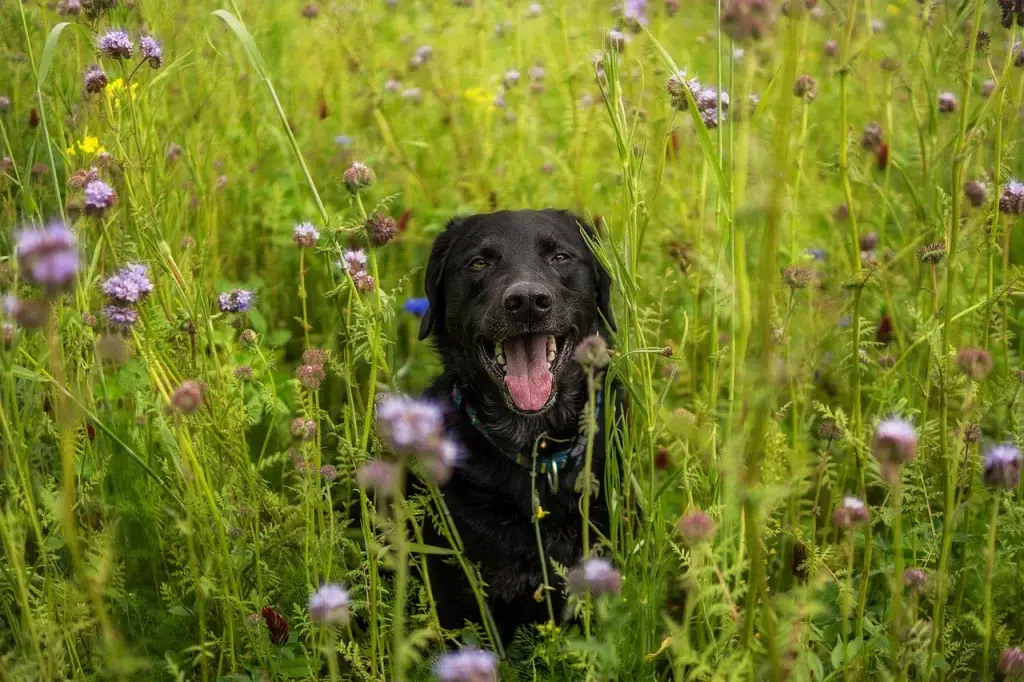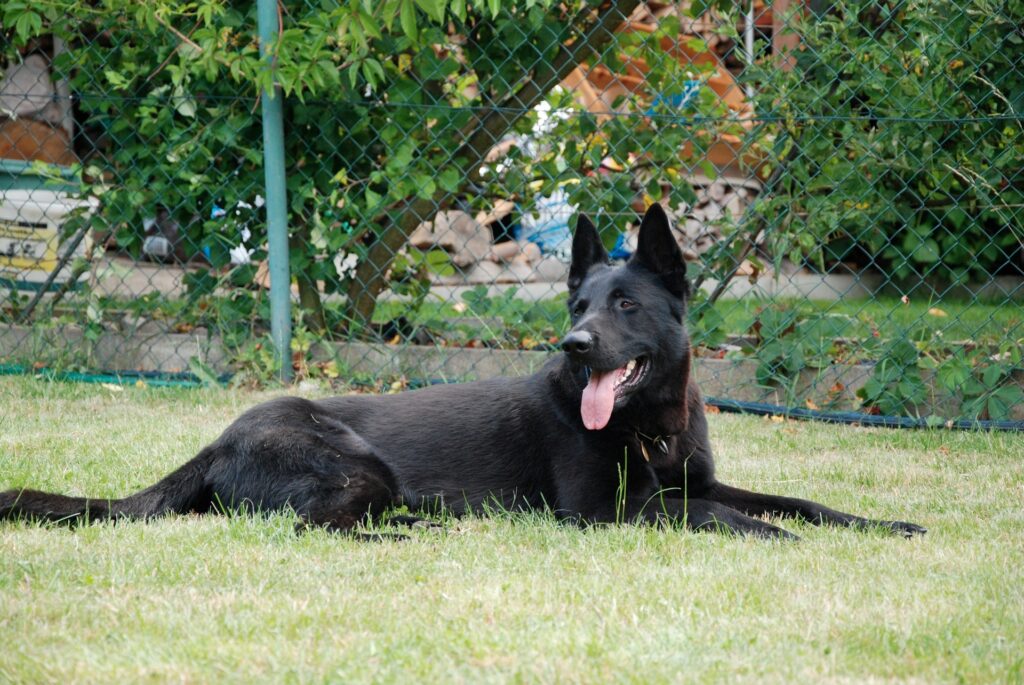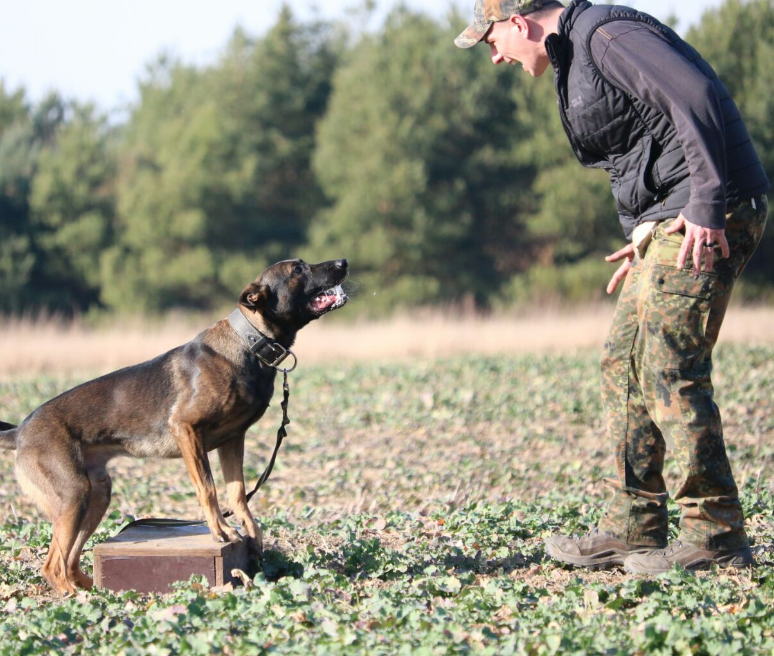
Dogs, with their deeply ingrained pack instincts, thrive on social structures and hierarchies. Understanding the pack dynamics of a dog pack can provide valuable insights into their behavior, enabling more effective training and fostering a harmonious relationship between you and your furry friend. In this blog, we’ll delve into the world of pack dynamics, exploring key concepts that can enhance your approach to training and strengthen the bond with your dog.
The Pack Instinct
Dogs are descendants of wolves, animals that naturally form packs for survival. Even though domesticated dogs have evolved, the pack instinct remains a fundamental aspect of their behavior. Here are some key points to understand:
Hierarchy: In a pack, there is a clear social structure with dominant and subordinate members. Understanding your role as the pack leader is crucial for effective training.
Communication: Dogs communicate with each other through body language, vocalizations, and scent marking. Learning to interpret these cues can help you better understand your dog’s needs and emotions.
Socialization: Dogs are social animals that thrive on companionship. Proper socialization with other dogs and humans is essential for a well-adjusted and balanced dog.
Your Role as the Pack Leader
Establishing yourself as the pack leader doesn’t mean resorting to dominance-based training methods. Instead, it involves creating a positive and respectful relationship where your dog looks to you for guidance and leadership. Here’s how to assume the role of the pack leader:
Consistent Leadership: Be consistent in your commands and expectations. Dogs thrive on routine and clear communication.
Positive Reinforcement: Use positive reinforcement techniques to reward desired behaviors. This creates a positive association with following your lead.
Clear Communication: Dogs respond well to clear and assertive communication. Use a confident tone and body language to convey your expectations.
Provide Structure: Dogs feel secure when they have a structured environment. Set clear rules and boundaries for your dog, reinforcing good behavior and addressing undesirable actions calmly.
Lead Walks: During walks, lead the way. This reinforces your role as the leader and helps prevent pulling on the leash.
Pack Dynamics in Multi-Dog Homes
If you have multiple dogs, understanding pack dynamics becomes even more crucial. Here are some insights for maintaining harmony in a multi-dog household:
Avoid Favoritism: Treat each dog fairly to prevent jealousy or competition for your attention.
Separate Resources: Provide separate feeding areas and individual spaces for each dog to avoid conflicts over resources.
Manage Playtime: Supervise playtime to ensure it remains positive. Interrupt any rough play or signs of tension to prevent conflicts.
Respect Individual Personalities: Recognize that each dog has a unique personality and may have different social needs. Some dogs may be more dominant, while others are more submissive.
Equal Training: Train each dog individually and then together. This ensures that each dog understands and follows commands independently.
Addressing Behavioral Issues
Understanding pack dynamics can also help address behavioral issues in dogs. Here are common behavioral problems and insights into addressing them:
- Aggression:
- Identify triggers for aggressive behavior and work on desensitization.
- Seek professional guidance for addressing aggression, especially if it poses a risk.
- Separation Anxiety:
- Establish a routine to create predictability.
- Gradually increase alone time and provide engaging toys or puzzles.
- Excessive Barking:
- Determine the cause of barking (e.g., boredom, alerting, anxiety) and address it.
- Use positive reinforcement to reward quiet behavior.
- Resource Guarding:
- Teach your dog to associate people approaching their resources with positive experiences.
- Consult a professional trainer for guidance on addressing resource guarding.
- Destructive Behavior:
- Provide mental stimulation through toys and puzzles.
- Use positive reinforcement to encourage appropriate chewing.
Socialization Tips
Socialization is a crucial aspect of pack dynamics. Here are tips for effective socialization:
- Positive Experiences:
- Ensure that early socialization experiences are positive to build confidence.
- Gradual Exposure:
- Introduce new people, animals, and environments gradually to prevent overwhelm.
- Observe Body Language:
- Monitor your dog’s body language during socialization. If they show signs of stress, give them space.
- Playdates:
- Arrange playdates with well-behaved dogs to encourage positive interactions.
- Obedience Training in Public Spaces:
- Practice obedience commands in public spaces to reinforce training in various environments.
In Conclusion
Understanding pack dynamics is a cornerstone of effective dog training and building a strong bond with your canine companion. By assuming the role of a positive and consistent pack leader, you create an environment where your dog feels secure, respected, and ready to follow your guidance. Whether you have a single dog or a multi-dog household, recognizing and respecting the natural instincts and social needs of dogs enhances their overall well-being and enriches the human-dog relationship.


